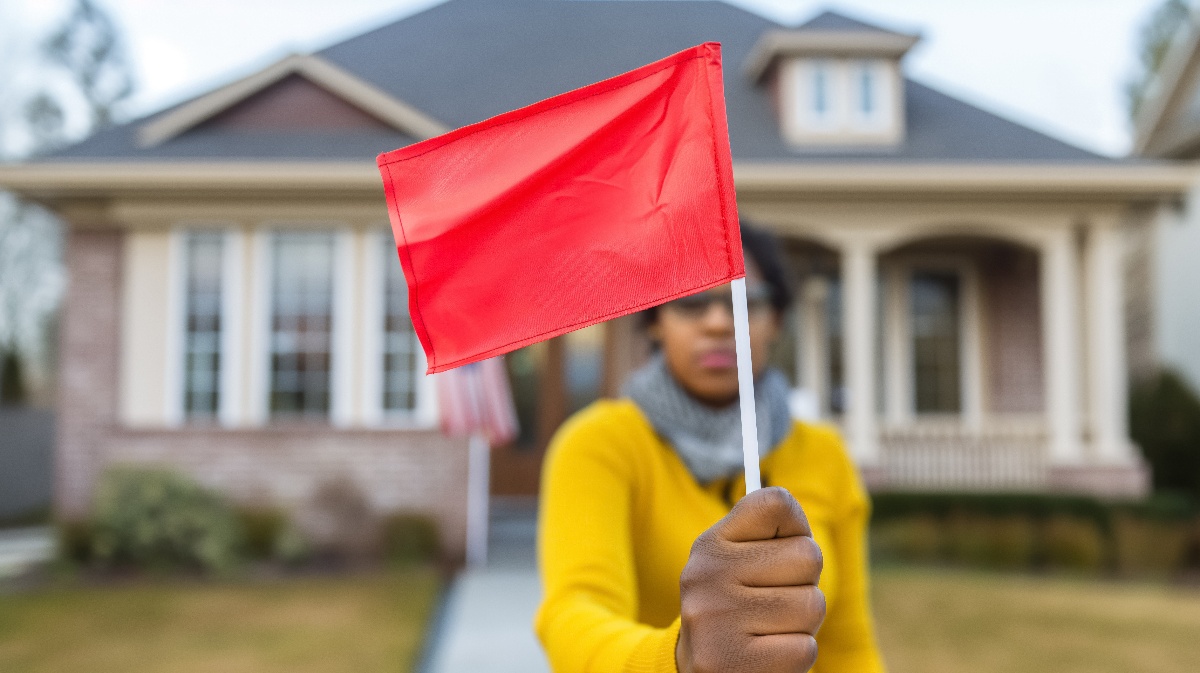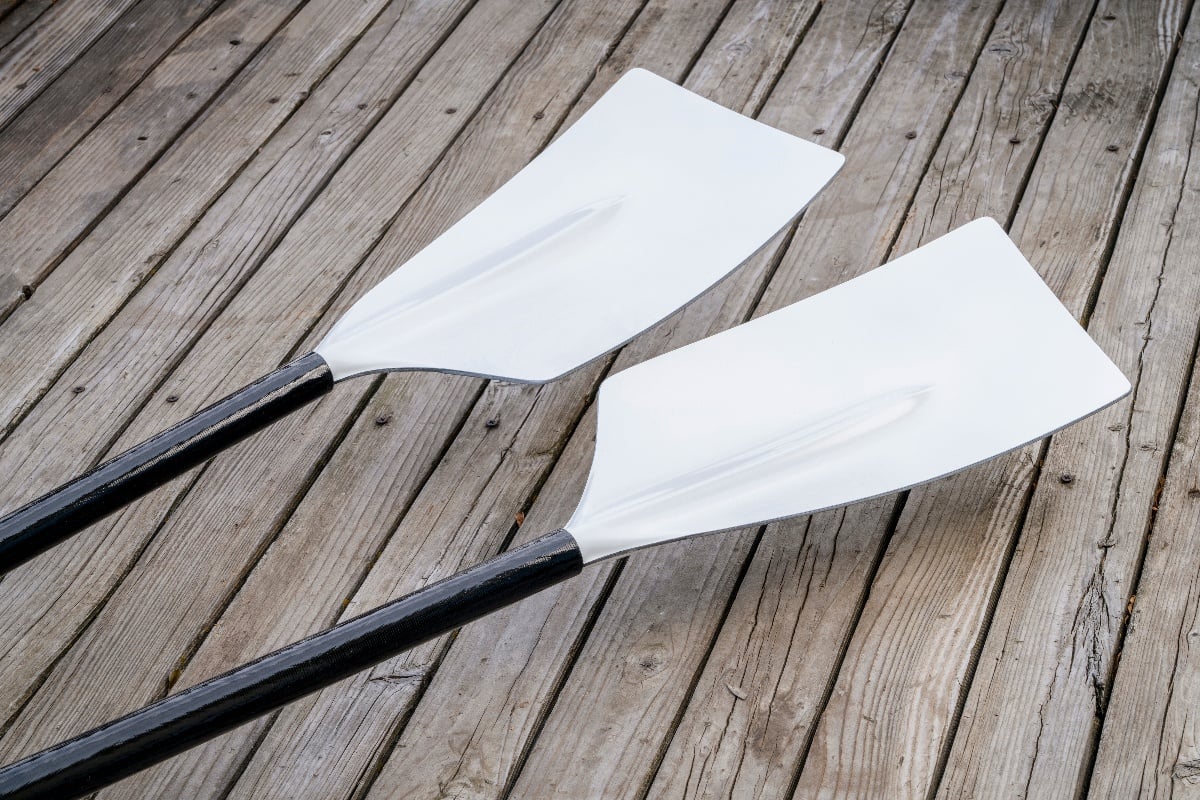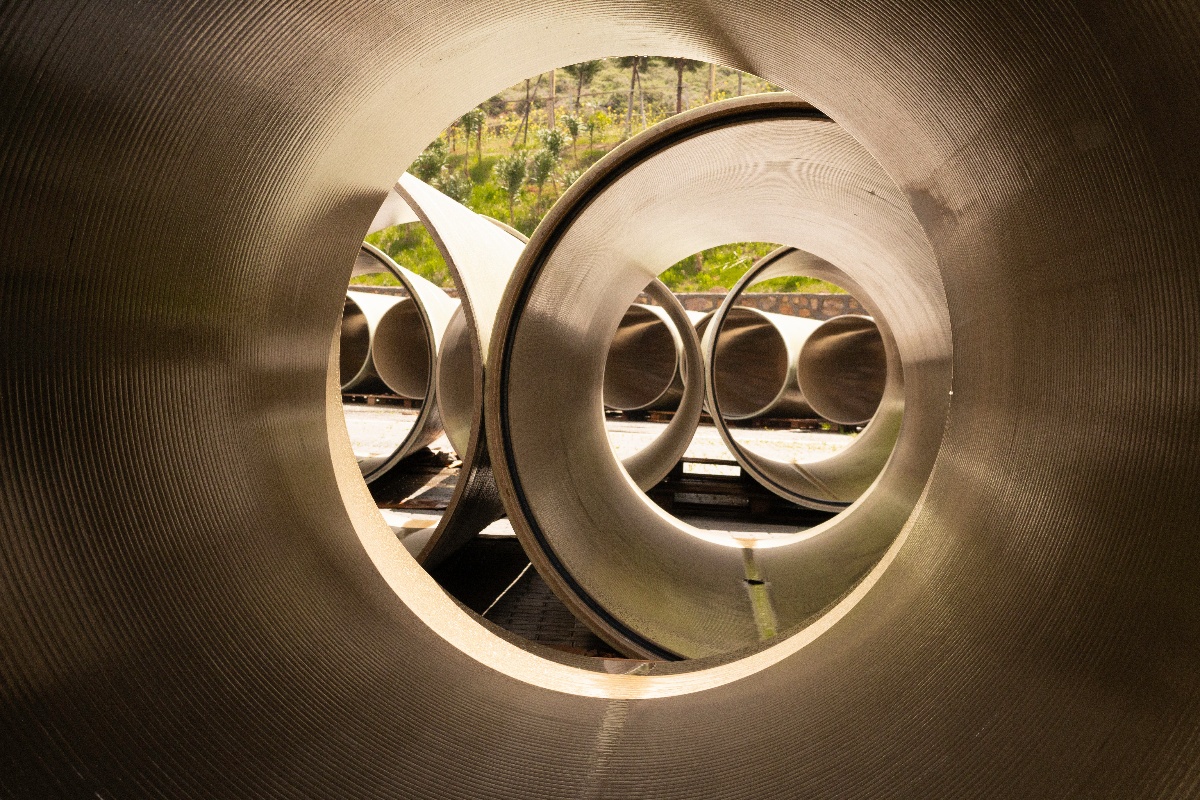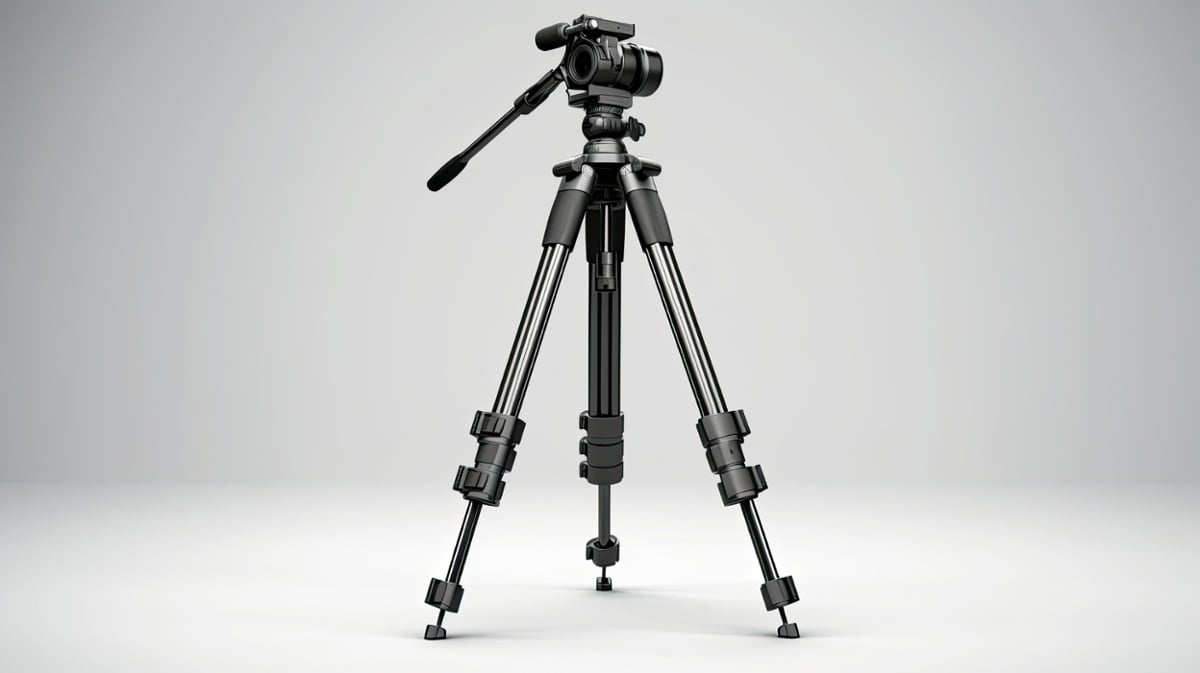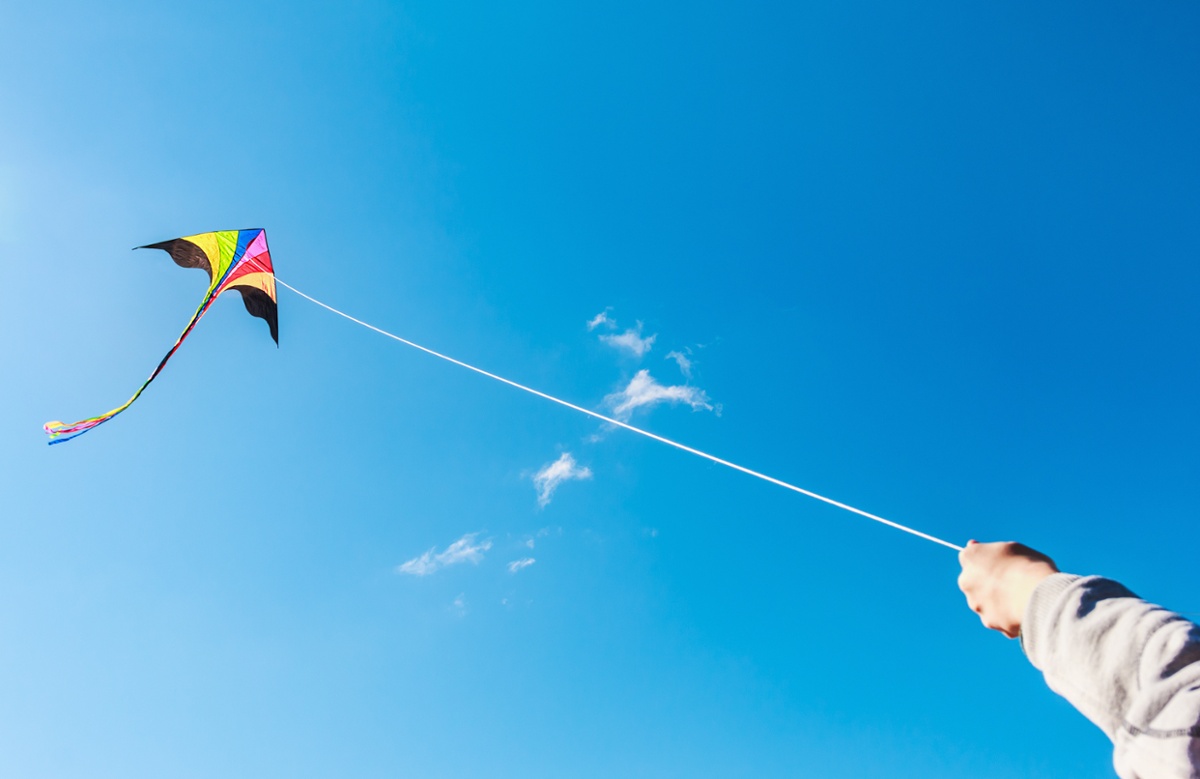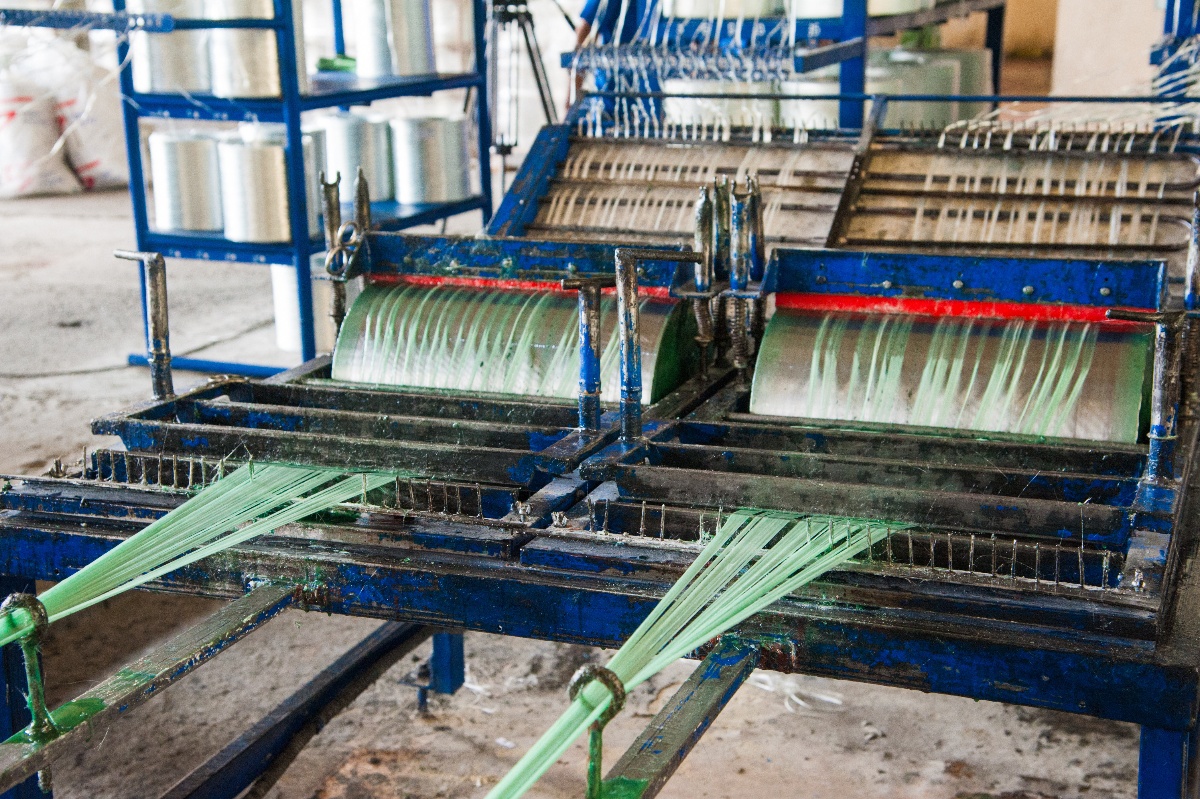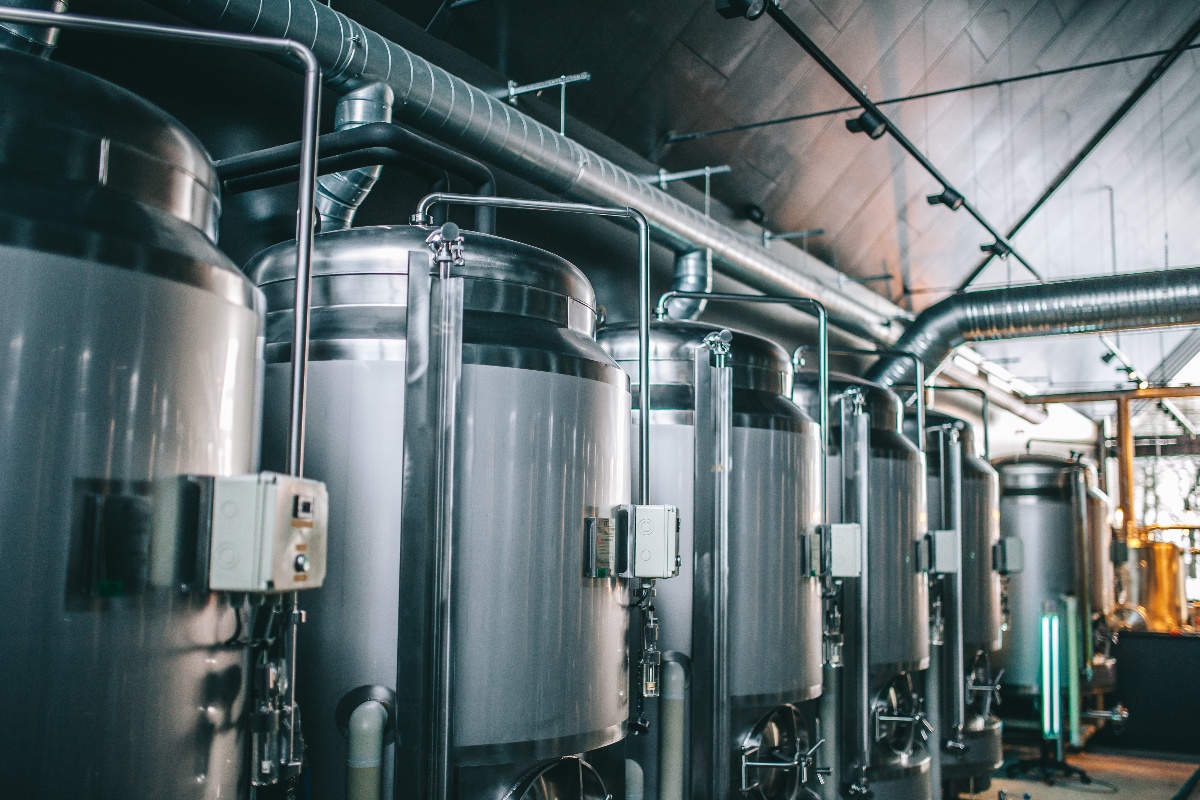Yard markers serve important functions in sports fields, landscaping projects, and other outdoor venues by delineating boundaries, distances, hazards, and other key information. Well-designed markers enhance usability and safety for athletes, workers, and visitors in these spaces.
Creating effective yard markers requires careful engineering to balance functionality, aesthetics, durability, and cost efficiency. Key design principles include high visibility under various lighting conditions, resistance to weathering and wear, and ease of handling and installation. Additionally, makers must meet sport-specific regulations and landscaping aesthetics.
This article provides an overview of critical design elements, material considerations, and engineering challenges in developing the next generation of user-centric, durable, and sustainable yard markers for sports fields, golf courses, parks, and residential landscapes.
Yard Marker Design Principles
Effective yard marker design requires optimizing functional requirements while also considering aesthetics, ergonomics, and safety.
Functional Requirements
Markers must have high visibility under varied lighting so that boundary lines, distances, and other key information are clearly legible to users in sports fields, golf courses, or landscaping projects. Reflective coatings, bright colors, and indicators for night visibility aid functionality.
Durability across weather conditions and resistance to wear from regular use are also critical. Design simplicity enables easier installation into soil or turf with minimal tools for reduced labor time and costs.
Aesthetic Considerations
The visual appeal of markers complements their informational role. Markers conform to sporting body regulations and landscaping themes through choices in shape, color schemes, and logos. Balancing looks and function encourages proper use and care by players, workers, and the public while maintaining attractive environments. Curved frames, regional vegetation shapes, or school branding preserve aesthetics beyond utility.
Ergonomics and Safety
Innovative marker designs prioritize user safety and comfort. Lightweight builds with ergonomic grip areas reduce injury risks from carrying, transporting, and installing the markers. Rounded corners and edges prevent cuts and other harm during games or groundskeeping.
Durable engineering also stops collapsed or broken markers from becoming safety hazards across their product lifetimes, both during use and storage. Overall, maximizing usability minimizes risks.
Yard Marker Material Properties
The materials used to construct yard markers have significant impacts on their functionality, longevity, and eco-friendliness across various demanding conditions.
Material Selection
Choosing appropriate materials is crucial in marker engineering. Metals offer durability but weigh more. Plastics enable design flexibility and weather resistance but vary in strength and degradation rates. Composites balance benefits but complicate recycling.
Prioritizing key elements like structural integrity or visibility narrows selections. Regulations may mandate flame retardance or limit metal ground contact corrosion. The end multi-material choice depends on the priority performance requirements.
Durability and Weather Resistance
Resilience to weathering, ultraviolet radiation, and moisture determines lifetime functionality. Markers experience high impacts, solar exposure, temperature shifts, and humidity. Polycarbonates, fiberglass, anodized aluminum, and powder-coated galvanized steel provide years of reliable marking across environments when properly engineered.
Sustainability
Innovators develop eco-friendly manufacturing methods such as water-based paints, plant-derived plastics, and recyclable aluminum marking. Streamlined production plus durable lifetime operation reduces total waste. Though composites challenge recycling, their lightweight transport energy savings offer environmental gains. Sustainability considerations help select the best material options.
Engineering Challenges
Advancing yard marker designs requires addressing complex engineering issues, balancing performance, production, and cost efficiency.
Load and Stress Analysis
Markers undergo various load types and stress concentrations in installation and service. Design modeling via finite element analysis informs shape optimization and wall thickness specifications to resist loading while minimizing material volumes. Analysis verifies resistance to axial compression into soil, vehicle impacts, wind shear, and service equipment strains. Passes then enable field testing validation before full-scale production.
Manufacturing Techniques
Employing appropriate fabrication and molding methods ensures high-quality markers. Rotational molding serves well for hollow plastic marking but limits shape complexity versus thermoforming and injection molding. Lightweight foam fills require structural adhesives.
Metals utilize CNC bending and laser cutting then welding or riveting assembly. Fiberglass enables cost-effective custom molds. Technique selection balances priorities like cycle times, dimensional accuracy, and finishing steps. Automated processes allow mass customization.
Cost Efficiency
The product lifecycle, expected field lifetimes per marker, and order volumes dictate cost targets. Design choices balancing performance gains against material and manufacturing costs keep markers affordable. Using finite element optimization and mass customization streamlines costs by eliminating unnecessary bulk and manual steps. Savings from lightweight builds offset advanced material or sustainability process investments via lifetime energy savings.
The Strengths of Fiberglass Yard Markers
Fiberglass offers an appealing combination of durability, design flexibility, and sustainability for innovative yard marker engineering. Made of extremely fine glass fibers suspended in an epoxy resin matrix, fiberglass balances high strength-to-weight ratios and corrosion resistance with moldability and cost efficiency.
As a marking material exposed to weathering, fiberglass stands up well to ultraviolet radiation, preventing fading and material degradation over years of field use. Its light weight also prevents sinkage into the turf. Fiberglass markers better retain bright pigments and reflective coatings that maximize visibility distances compared to plastic or metal alternatives. They withstand substantial impacts from athletes or landscaping equipment while avoiding hazards from broken shards.
In terms of design, fiberglass allows for hollow or foam-filled builds to anchor installations into the ground. Complex shape molding produces markers congruent with sporting bodies' insignia guidelines or for integrating with environmental sculpture elements in gardens. The ease of attaching secondary logo plates or decorative features also enhances branding capabilities.
Fiberglass markers utilize sustainable epoxy resin systems and reinforcements engineered for recyclability. With thoughtful material selection and manufacturing optimization, fabricators can develop lightweight yet robust yard markers that serve information and beautification needs while minimizing ecological footprints. Their balance of strength, versatility, and eco-friendliness make fiberglass markers prime candidates to surpass old standards.

